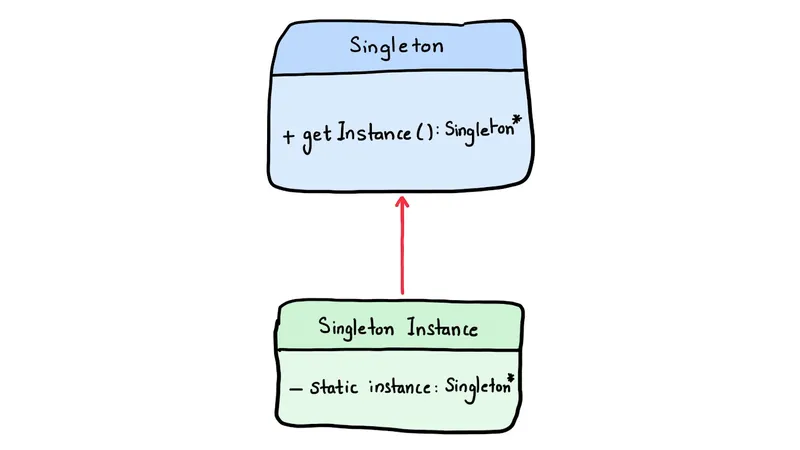
Why learn ARM 64 Bit Architecture?
Are you an aspiring embedded systems or systems engineer looking to take your career to new heights? Are you eager to stay ahead in the rapidly evolving world of technology? Then, understanding the power of ARM A-Class processors and 64-bit architecture can be the game-changer you’ve been seeking!
 |

Makefile: The Secret Sauce
In the previous blog post on build systems, we learned what a build system is and its significance in the software life cycle. We ended that post by introducing the make build system. Today we will dive deeper into the make build system and learn how it can be used to simplify the build process.
 |
























